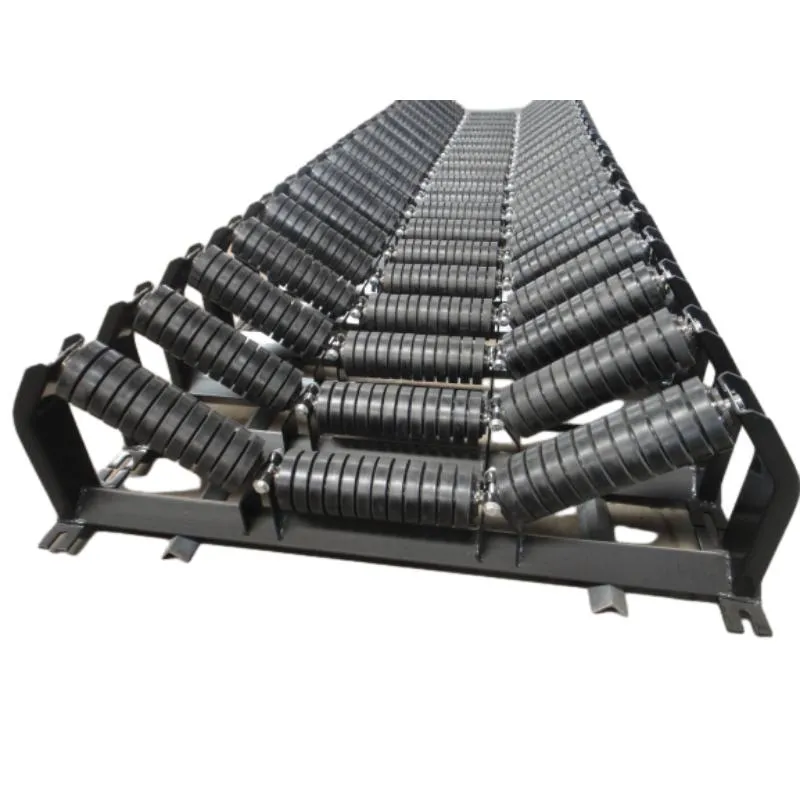 Afrikaans
Afrikaans  Albanian
Albanian  Amharic
Amharic  Arabic
Arabic  Armenian
Armenian  Azerbaijani
Azerbaijani  Basque
Basque  Belarusian
Belarusian  Bengali
Bengali  Bosnian
Bosnian  Bulgarian
Bulgarian  Catalan
Catalan  Cebuano
Cebuano  Corsican
Corsican  Croatian
Croatian  Czech
Czech  Danish
Danish  Dutch
Dutch  English
English  Esperanto
Esperanto  Estonian
Estonian  Finnish
Finnish  French
French  Frisian
Frisian  Galician
Galician  Georgian
Georgian  German
German  Greek
Greek  Gujarati
Gujarati  Haitian Creole
Haitian Creole  hausa
hausa  hawaiian
hawaiian  Hebrew
Hebrew  Hindi
Hindi  Miao
Miao  Hungarian
Hungarian  Icelandic
Icelandic  igbo
igbo  Indonesian
Indonesian  irish
irish  Italian
Italian  Japanese
Japanese  Javanese
Javanese  Kannada
Kannada  kazakh
kazakh  Khmer
Khmer  Rwandese
Rwandese  Korean
Korean  Kurdish
Kurdish  Kyrgyz
Kyrgyz  Lao
Lao  Latin
Latin  Latvian
Latvian  Lithuanian
Lithuanian  Luxembourgish
Luxembourgish  Macedonian
Macedonian  Malgashi
Malgashi  Malay
Malay  Malayalam
Malayalam  Maltese
Maltese  Maori
Maori  Marathi
Marathi  Mongolian
Mongolian  Myanmar
Myanmar  Nepali
Nepali  Norwegian
Norwegian  Norwegian
Norwegian  Occitan
Occitan  Pashto
Pashto  Persian
Persian  Polish
Polish  Portuguese
Portuguese  Punjabi
Punjabi  Romanian
Romanian  Russian
Russian  Samoan
Samoan  Scottish Gaelic
Scottish Gaelic  Serbian
Serbian  Sesotho
Sesotho  Shona
Shona  Sindhi
Sindhi  Sinhala
Sinhala  Slovak
Slovak  Slovenian
Slovenian  Somali
Somali  Spanish
Spanish  Sundanese
Sundanese  Swahili
Swahili  Swedish
Swedish  Tagalog
Tagalog  Tajik
Tajik  Tamil
Tamil  Tatar
Tatar  Telugu
Telugu  Thai
Thai  Turkish
Turkish  Turkmen
Turkmen  Ukrainian
Ukrainian  Urdu
Urdu  Uighur
Uighur  Uzbek
Uzbek  Vietnamese
Vietnamese  Welsh
Welsh  Bantu
Bantu  Yiddish
Yiddish  Yoruba
Yoruba  Zulu
Zulu tail drum pulley
The Importance of Tail Drum Pulley in Conveyor Systems
In modern industrial applications, conveyor systems play a crucial role in the efficient movement of materials. Among the various components that make up these systems, the tail drum pulley is often overlooked, yet it is vital for the overall functionality and reliability of the conveyor. This article aims to explore the significance of tail drum pulleys, their design, and the factors that contribute to their performance.
Understanding Tail Drum Pulleys
The tail drum pulley, frequently referred to simply as a tail pulley, is located at the end of the conveyor system. Its primary function is to support the return side of the belt and facilitate the movement of materials. The tail pulley is generally designed to keep the belt properly aligned and tensioned while also serving as a drive component in some configurations. Unlike the head pulley, which is typically powered and controls the movement of the entire conveyor belt, the tail pulley’s role is more passive but no less important.
Design Considerations
The design of a tail drum pulley is critical to its performance
. These pulleys are available in various shapes and sizes, depending on the application and the materials they will handle. Key design considerations include1. Material Selection Tail pulleys are usually made from steel, aluminum, or composite materials, depending on the strength and weight requirements. The use of corrosion-resistant materials is also essential when the conveyor system is exposed to harsh environments.
2. Diameter and Length The diameter of the tail pulley affects the bending of the belt as it wraps around the pulley. A larger diameter can help reduce wear and tear on the belt, enhancing its lifespan. The length of the pulley must also accommodate the width of the conveyor belt to ensure smooth operation.
3. Texture and Coating The surface finish of the tail pulley can influence the friction between the belt and the pulley. Texturing or applying coatings can aid in enhancing grip, preventing slippage, and reducing wear on the belt.
Performance and Maintenance
To ensure optimal performance, regular maintenance of the tail drum pulley is essential. Some common maintenance practices include
tail drum pulley

- Inspection Regular inspections can help identify signs of wear or damage to the pulley. This includes checking for misalignment, corrosion, or any imbalance that could lead to failure.
- Lubrication Proper lubrication of bearings and moving parts reduces friction and wear, extending the life of the pulley.
- Alignment Checks It is crucial to ensure that the tail pulley remains properly aligned with the rest of the conveyor system. Misalignment can lead to increased tension on the belt, resulting in premature wear and potential system failure.
Applications of Tail Drum Pulleys
Tail drum pulleys are used across a diverse range of industries, including mining, agriculture, manufacturing, and logistics. In each application, the effectiveness of the tail pulley directly impacts operational efficiency. For instance
- Mining Operations In mining, tail pulleys are designed to handle heavy loads and resist harsh conditions, ensuring that materials are moved efficiently from extraction points to processing facilities.
- Agricultural Systems Tail pulleys in agricultural settings often support the transport of grain and other products, emphasizing the need for reliable operation and minimal downtime.
- Logistics and Warehousing In warehouses, tail drum pulleys facilitate the movement of products through conveyor systems for sorting and distribution. The reliability of these components is essential for maintaining operational flow.
Conclusion
The tail drum pulley, while often underestimated, is a critical component in conveyor systems. Its design, maintenance, and application are essential for ensuring the efficient and reliable transport of materials in various industries. As manufacturing processes and material handling continue to evolve, understanding the importance of the tail drum pulley will help industries optimize their operations and extend the life of their conveyor systems. Effective management of this often-overlooked component can provide significant benefits, including increased productivity and reduced maintenance costs, ultimately contributing to the overall success of industrial operations.
-
Trusted Conveyor Solutions from Leading Conveyor Idler Roller ManufacturersNewsJun.27,2025
-
Reliable Return Idler Solutions for Efficient Belt Conveyor SystemsNewsJun.27,2025
-
Precision Conveyor Accessories for Streamlined Material HandlingNewsJun.27,2025
-
High-Quality Belt Conveyor Idler Solutions for Efficient Material HandlingNewsJun.27,2025
-
High-Performance Belt Conveyor Pulleys for Reliable Material HandlingNewsJun.27,2025
-
Enhancing Material Handling EfficiencyNewsJun.27,2025





























